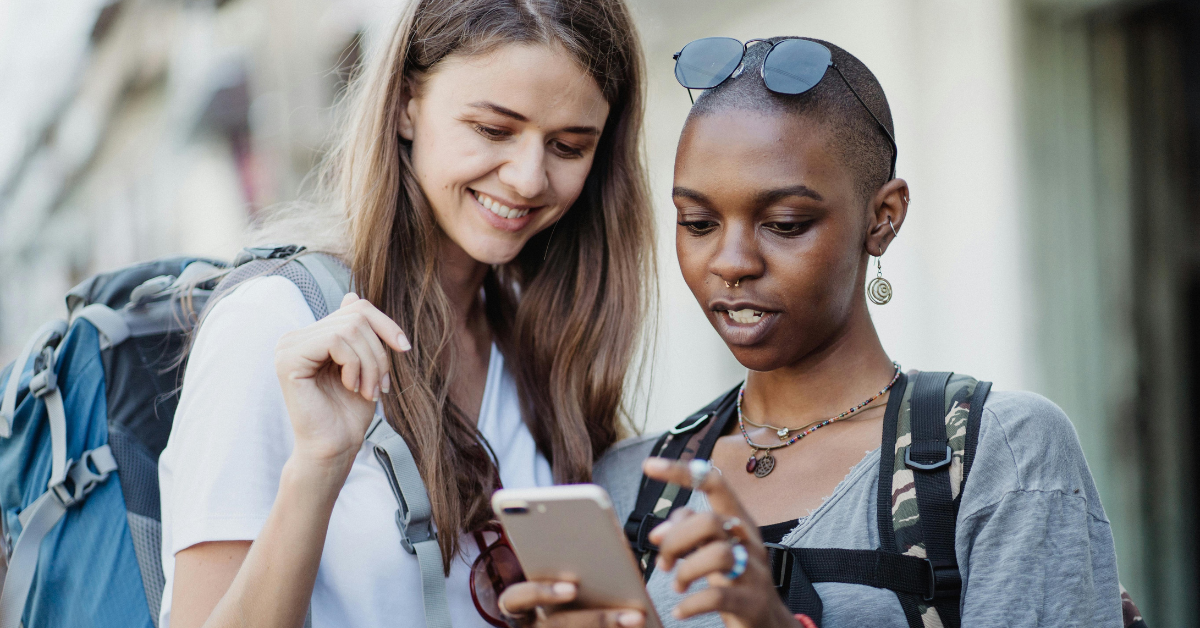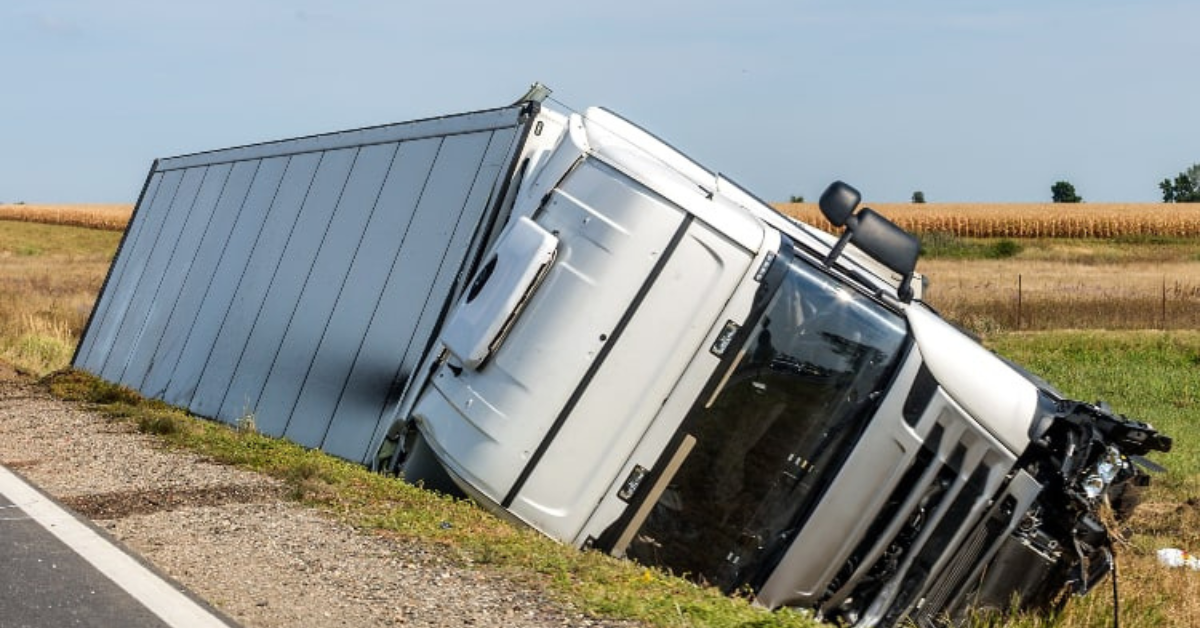
What Are the Best Smart Devices to Bring on a Wilderness Adventure?

*Collaborative Post
Wilderness adventures are exciting, but having the right smart devices can make a big difference in safety and comfort. Some of the best smart devices to bring into the wild include GPS devices, solar chargers, and smartwatches that track location and weather. Smartphones can work well too, but it’s a good idea to protect them with something sturdy like Ghostek phone cases for Galaxy Z Fold 7, which keep devices safe from drops and rough conditions.
Clothing also matters when heading outdoors. Clothing with built-in tech, such as moisture-wicking shirts or heated jackets, can help regulate body temperature and keep hikers comfortable through changing weather. Packing the right clothing and gear means anyone can focus more on enjoying the adventure, knowing they’re prepared for whatever the outdoors brings.
Smart Devices for Wilderness Adventures
Staying safe and connected is important when going into the wild. Some smart devices can make outdoor trips safer, more enjoyable, and help travelers find their way, stay powered up, and keep in touch even in remote areas.
Smartphones With Satellite Connectivity
Smartphones that support satellite connections work outside areas covered by regular cell towers. This makes them helpful in forests, mountains, or remote locations where there is no traditional service.
With satellite messaging and emergency SOS, users can contact help when needed. Some devices also allow sending simple text updates to friends or family, showing their location on a map. Basic weather alerts may even be available, so hikers know if storms are coming.
Features to look for include long battery life, simple controls, and water resistance. A durable case and screen protector are smart additions, since drops or damage can happen during adventures.
Smartphones with these features support safety, navigation, and peace of mind for those traveling far from cities.
Solar-Powered Portable Chargers
When outdoors for several days, power can be hard to find. Solar-powered chargers use the sun to keep devices working, making them a good choice for off-grid trips.
Modern solar chargers are light, foldable, and easy to carry in a backpack or hang from a tent. Some have built-in battery storage, which allows charging devices even after the sun goes down.
Common ways to use these chargers include powering smartphones, GPS units, headlamps, or cameras. Look for ones that are waterproof and drop-proof, since outdoor trips can be rough.
Helpful features to check for include fast-charging ports, LED status lights, and attachment loops. Having one or two solar chargers helps keep gear running, especially during longer stretches without access to outlets.
Rugged GPS Navigation Devices
Getting lost is a real risk in the wild. GPS navigation devices made for outdoor use are more accurate and sturdy than most regular smartphones.
These tools use satellite signals and work even in deep forests or remote valleys. Most models have water and shock resistance, easy-to-read screens, and buttons that still work with gloves or wet hands.
Features to look for include preloaded maps, long battery life, and waypoints for marking trails or campsites. Some GPS devices show altitude, weather, and track routes taken, making it simple to retrace steps if needed.
A strong case and bright screen improve usability in the sun. Reliable GPS navigation boosts confidence for anyone exploring unfamiliar areas.
Note: Proper clothing also supports safety and comfort during wilderness adventures. Choose weather-appropriate layers, sturdy footwear, and items that stay dry and warm throughout changing conditions. Smart clothing choices pair well with technology for a safe and enjoyable journey.
Helpful Tech Gear to Improve Outdoor Experiences
Staying safe and comfortable in the wild is easier with the right mix of technology and smart clothing. Smartwatches can track movement and call for help, durable clothing adds comfort, and wireless devices keep people connected.
Smartwatches With Wilderness Features
Smartwatches built for outdoor use come with sensors and tools to support navigation and safety in difficult terrain. These watches often have GPS tracking, altimeters, and barometers to help with route planning and weather awareness.
Some devices include health monitoring features such as heart rate tracking, sleep monitoring, and step counters. This feedback can help hikers avoid exhaustion or dehydration. Smartwatches can also give weather alerts, sunrise and sunset times, and emergency notifications.
Maps stored on the device make it possible to follow a route or track waypoints without needing a cell signal. Smartwatches with long battery life are especially helpful on longer trips away from charging options.
Comfortable clothing
Choosing the right clothing can have a big impact on comfort and performance outdoors. Fabrics that are moisture-wicking and breathable keep sweat away from the body, helping to prevent chafing and overheating.
Layering is helpful in changing weather, with light shirts, insulating jackets, and waterproof outerwear working together to trap warmth or allow heat to escape. Socks made from wool or synthetic fibers reduce blisters and keep feet dry.
For women, choosing breathable organic cotton women’s underwear keeps sensitive skin comfortable and reduces irritation. Breathable organic cotton women’s underwear made from natural fabrics stays soft and cool even during long hikes or hot weather. Loose-fitting clothing also helps keep movement easy when climbing or trekking.
Wireless Communication Devices
Staying in touch while off-grid can make outdoor adventures safer and less stressful. Satellite messengers and walkie-talkies both work where phones may not have a signal. Devices that send messages and GPS locations over satellites are often used for group treks or solo trips in remote areas.
Walkie-talkies are good for short-range team communication on trails or in campsites. Some modern devices offer weather channels for real-time updates or built-in compasses for added navigation support.
Many wireless communication tools are lightweight and waterproof, so they can go everywhere from wet mountain slopes to dry deserts. Long battery life and easy controls make these devices practical for outdoor trips of any length.
Conclusion
Choosing the best smart devices for a wilderness trip comes down to safety, comfort, and practical needs. Devices like GPS units, power banks, and waterproof headlamps are popular because they are easy to use and help people stay on track.
Bringing the right clothing is just as important as gadgets. Wear moisture-wicking layers, sturdy shoes, and a weatherproof jacket to stay dry and warm.
Key items to include:
- Navigation: GPS, digital compass
- Power: Solar charger, power bank
- Lighting: Headlamp
- Communication: Emergency beacon
- Clothing: Layered, quick-dry fabrics
Each item should fit the adventure and personal skill level. Preparing well with the right smart devices and suitable clothing helps people feel more ready for whatever the trail brings.
*This is a collaborative post. For further information please refer to my disclosure page.




